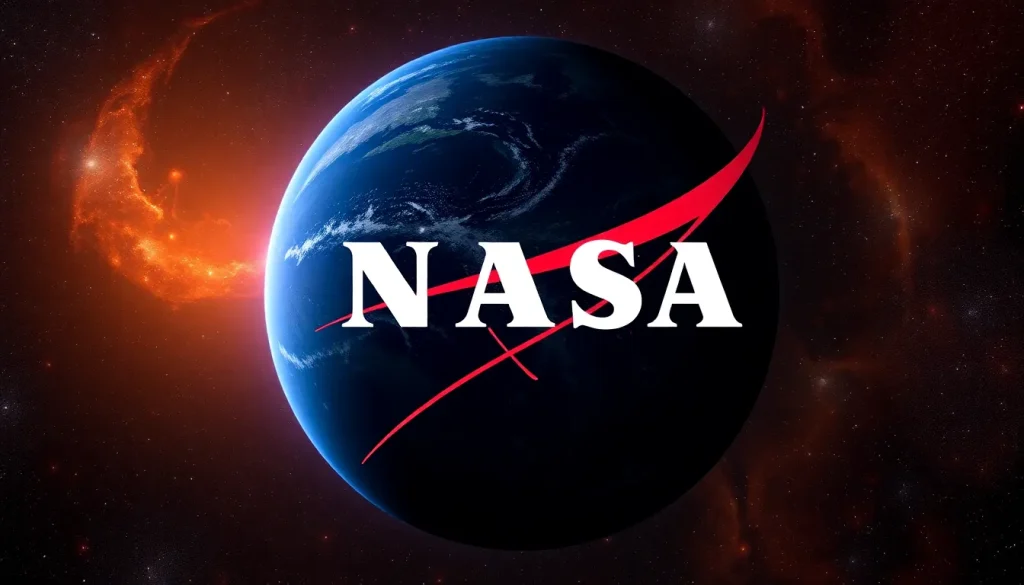NASA announces new milestone in exoplanet discovery journey

The quest to uncover the mysteries of the universe has reached a remarkable milestone: NASA has officially surpassed the threshold of 6,000 exoplanets discovered. While this number may seem modest at first glance, it gains significance when considering that the first exoplanet was identified only in 1992. Just three years ago, the count was at 5,000, indicating that humanity is now discovering an astounding 1,000 exoplanets per year. This is merely the beginning of a vast journey into the cosmos.
Interestingly, the actual number of exoplanets could be even higher. Historical records indicate that, in the early 20th century, some dubious stars might have actually been exoplanets. With today’s advanced technology and knowledge, what was once a rare occurrence has now become a regular part of astronomical research.
There is a plethora of specialized instruments and telescopes dedicated solely to the search for exoplanets. While many of these belong to NASA, others are part of international collaborations, such as the European Space Agency (ESA). Notably, in Spain, the CARMENES project plays a significant role in this research, with its primary instrument located at the Calar Alto Observatory in Almería.
How are exoplanets searched for?
Exoplanets, or planets that exist beyond our solar system, orbit stars other than the Sun. Their vast distances from Earth make direct observation challenging. Detecting them often requires specific conditions, such as utilizing a coronagraph, a tool that blocks the overwhelming brightness of a star to reveal the fainter light of a planet.
However, these ideal conditions are not always achievable. To identify exoplanets, astronomers employ a variety of methods, including:
- Transit Method: This technique observes the light from a star, looking for periodic dips in brightness that indicate a planet passing in front of it.
- Radial Velocity Method: This method detects variations in the star's motion caused by the gravitational pull of orbiting planets.
- Astrometry: This technique measures tiny shifts in the position of a star due to the gravitational influence of nearby planets.
The transit method is particularly effective. As a planet orbits its star, it periodically blocks some of the star's light from reaching Earth. Instruments designed to monitor fluctuations in stellar brightness can detect these interruptions, indicating the presence of an orbiting planet.
As for the radial velocity and astrometric methods, both rely on the gravitational interactions between stars and their planets. The radial velocity method focuses on detecting shifts in the star's spectrum as it moves in response to the gravitational pull of its planets, while astrometry measures the star's positional changes due to these same gravitational influences.
There is still much more to explore
Following the announcement of 6,000 exoplanets, NASA revealed that there are over 8,000 additional candidates awaiting confirmation. This suggests that the number of potential exoplanets could soon surge, further enhancing our understanding of the universe.
Why is discovering exoplanets so fascinating?
The discovery of exoplanets at various stages of their development aids scientists in understanding the formation of planetary systems. While every exoplanet offers valuable insights, those orbiting stars similar to our Sun are particularly intriguing, especially if they possess characteristics akin to Earth.
The ultimate goal is to identify habitable planets and, in the future, explore the possibility of life beyond our solar system. This drives much of the excitement around NASA's recent discoveries and the broader search for exoplanets.
The latest discoveries in exoplanet exploration
NASA's ongoing research continuously unveils new findings in the realm of exoplanets. For instance, the James Webb Space Telescope has provided unprecedented insights into the atmospheres of several exoplanets, revealing the presence of essential elements like water vapor. These discoveries could pave the way for understanding potential habitability in distant worlds.
Moreover, collaborations with other space agencies and research institutions have enhanced the search for exoplanets, utilizing advanced technologies and methodologies. The integration of data from various telescopes and missions facilitates a more comprehensive understanding of what exists beyond our solar system.
To delve deeper into the latest advancements in exoplanet research, you can watch this informative video by NASA:
Future prospects in exoplanet research
The future of exoplanet research is promising, with new missions and technology on the horizon. Upcoming telescopes and instruments are expected to enhance our ability to detect smaller planets and analyze their atmospheres in greater detail.
- NASA's Nancy Grace Roman Space Telescope: Set to launch in the near future, this telescope will focus on wide-field surveys to identify new exoplanets.
- European Space Agency's ARIEL Mission: This mission aims to study the atmospheres of exoplanets, providing insights into their composition and potential habitability.
- Ground-based Observatories: Continued advancements in ground-based telescopes will also contribute to the discovery and study of exoplanets.
As we venture further into this new frontier, the quest for understanding our universe and its myriad of worlds is only just beginning. The journey to identify and study exoplanets holds the promise of uncovering profound truths about the cosmos and our place within it.




Leave a Reply